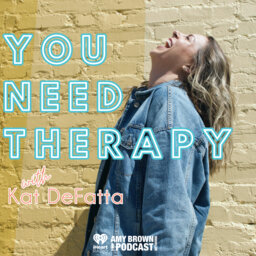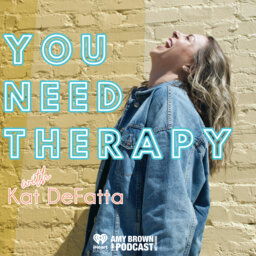Starting with the basics: Attachment Theory
We are taking it all the way back to the beginning and doing some freshening up on Attachment Theory. Kat (@kat.defatta) thought it was time to do a mini series on attachment theory so here we are. What is this thing that everyone seems to be talking about these days and how do I figure out what it all means? We are going to tell you. This week, Kat is starting with the basics. She will describe what Attachment Theory is and why it is important not just as a child but as an adult. Then in the next few weeks Kat will roll out an episode on each of the insecure attachment styles. Stay tuned :)
Follow Kat on Instagram: @Kat.Defatta
Follow the podcast Instagram: @YouNeedTherapyPodcast
Have a question, concern, guest idea, something else? Reach Kat at: Kathryn@youneedtherapyodcast.com
Heard about Three Cords Therapy but don’t know what it is? Click here!
Produced by: @HoustonTilley
Learn more about your ad-choices at https://www.iheartpodcastnetwork.com
 You Need Therapy
You Need Therapy


